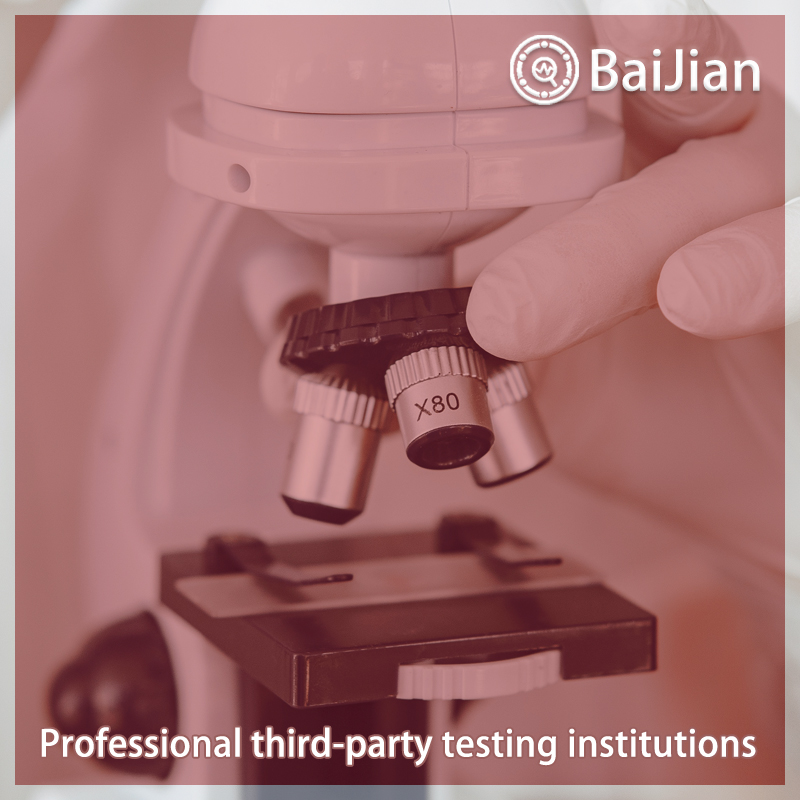
1 Scope This standard specifies communication cables - coaxial/twisted pair hybrid cables The product classification, requirements, test methods, inspection rules, packaging and packaging markings, transportation, and storage of cables (hereinafter referred to as cables). The products specified in this standard are mainly used to connect telephone/multimedia lines from wiring terminals to network interface devices or network interface units or users. Coaxial cable units are used to transmit video, analog signals, and compressed digital signals, as well as high-speed digital signals. The work of coaxial cable units The frequency range is 5-1000MHz; Twisted pair units are typically used for transmitting audio, analog signals up to 150kHz, and digital signals up to 2048kbit/s. Under certain conditions, their maximum operating frequency can reach 6.3MHz. 2. The clauses in the following documents are referred to in this standard and become the clauses of this standard. For dated documents, all subsequent amendments (excluding corrected content) or revisions are not applicable to this standard. However, parties to agreements based on this standard are encouraged to study whether to use the latest versions of these documents. For undated references, the latest version applies to this standard. GB/T 1200 Galvanized Steel Strand GB/T 2828 Batch Inspection, Sampling Procedures and Tables (Applicable to Continuous Batch Inspection) GB/T 1829 Periodic Inspection, Sampling Procedures and Tables (Applicable to Inspection of Production Process Stability) GBT 2951-1997 General Test Methods for Insulation and Sheath Materials of Electric Cables GB/T 2951.23-1994 Mechanical and Physical Properties of Electric Wires and Cables Test Methods for Bending Test GB/T 3953 Electrical Round Copper Wire GB/T 4909-1985 Test Methods for Bare Wire GB/T 6388-1988 Transport Packaging and Shipping Marks GB/T 6995-1986 Identification Marks for Electric Wires and Cables GB/T 11323-1989 Single Coaxial Cables for Cable Distribution Systems - General Requirements and Tests GB/T 12269-1990 General Specification for Radio Frequency Cables GB/T 12666-1990 Electric Wires Cable Burning Test Method GB/T 14436-1993 Industrial Product Assurance Document General Principles GB/T 15217 Measurement Method for Shielding Attenuation of Coaxial Cables (Absorption Clamp Method) GB/T 17737.1-2000 Radio Frequency Cables Part 1: General Specification - General, Definitions, Requirements and Test Methods JBT8137 Wire and Cable Delivery Tray QB/T 3804 Flexible Polyvinyl Chloride Plastics for Wire and Cable
Function of testing report:
1. Project bidding: Issue authoritative third-party CMA/CNAS qualification report
2. Online e-commerce platform entry: Quality inspection report recognized by major e-commerce platforms 3. Used as a sales report: issuing legally effective testing reports to make consumers more confident 4. Papers and research: Provide professional personalized testing needs 5. Judicial services: providing scientific, fair, and accurate testing data 6. Industrial problem diagnosis: Verify the troubleshooting and correction of industrial production problemsBaijian and testing process:
1. Telephone communication and confirmation of requirements
2. Recommend solutions and confirm quotations 3. Mail samples and arrange testing 4. Progress tracking and result feedback 5. Provide reports and after-sales service 6. If urgent or priority processing is requiredTesting and testing characteristics:
1. The testing industry is fully covered, meeting different testing needs
2. Fully cover the laboratory and allocate localized testing nearby3. Engineers provide one-on-one services to make testing more accurate
4. Free initial testing, with no testing fees charged
5. Self service order delivery for free on-site sampling
6. Short cycle, low cost, and attentive service 7. Possess authoritative qualifications such as CMA, CNAS, CAL, etc 8. The testing report is authoritative and effective, and is generally used in China